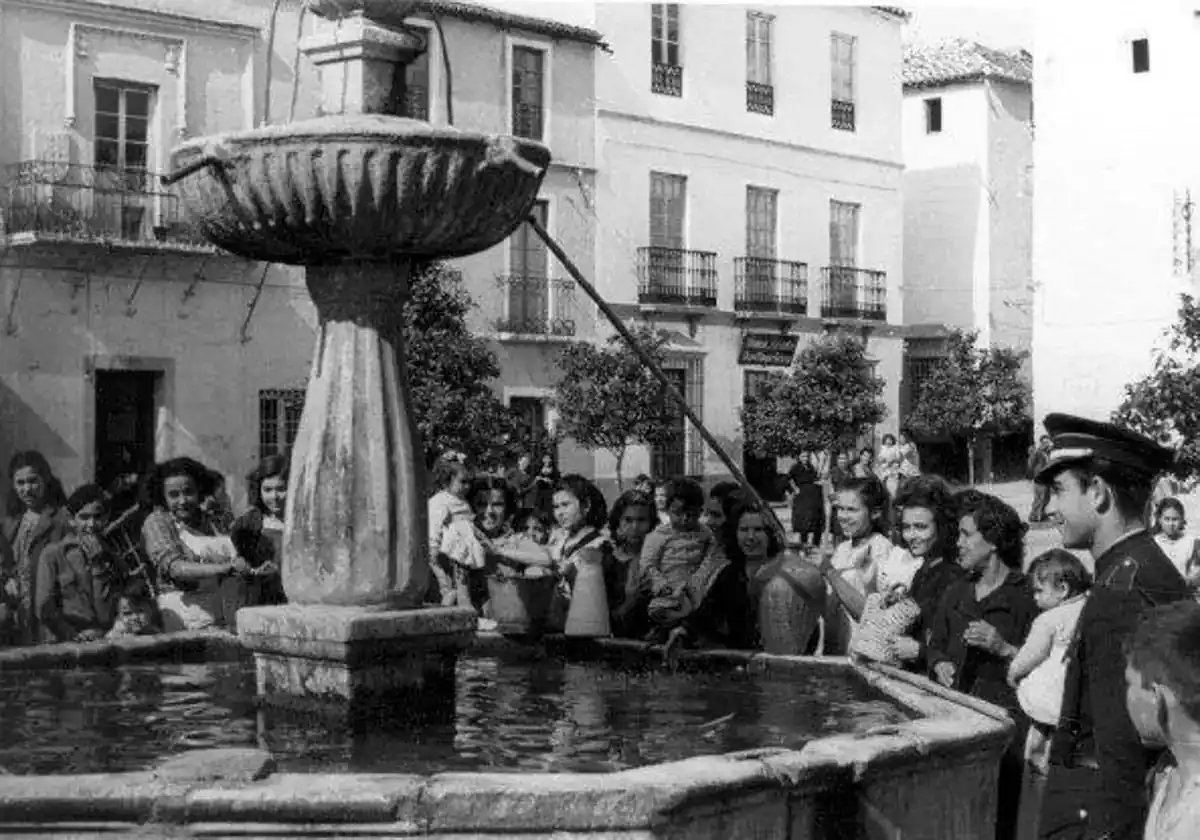Marbella’s Water History: A Luxury We Often Take for Granted
Turning on a tap and seeing water flow out is a luxury that many of us take for granted. This is not only due to the drought affecting the Costa del Sol and much of Spain, but also because of the infrastructure that brings it to our homes. On Sunday 11 February, around 50 people participated in the first of four Marbella Activa guided walks that are taking place throughout February and March. The first walk focused on the history of water in the town and the importance of the Puerto Rico fountain.
The Puerto Rico Fountain: A Historical Meeting Place
Until the 20th century, the Puerto Rico fountain served as an important meeting place where residents would go to fill up jugs and buckets to take home, before the days of running water and taps in houses. Historian Francisco Moreno and specialists in the environment, botany and ornithology were on hand to answer questions and teach more about the history of water in the town.
The Environmental Jewel of Marbella
“The day has served to learn more about the Puerto Rico area, which is perhaps the environmental jewel of Marbella that has supplied water throughout history,” said Moreno. He added that without this spring, Marbella would not exist, as the first settlements were built around this natural resource.
Marbella’s Water Supply: From Prehistoric Times to the Present
The area has been important since prehistoric times and was later used by the Romans in installations that supplied the town’s ‘Castellum Aquae’; a water deposit located in the upper part of the town that received water via an aqueduct. Later, during Spain’s Islamic period, irrigation channels were created.
Marbella’s Transition to Modern Water Infrastructure
From the 20th century onwards, pipes began to be installed to supply the houses but, due to the Civil War, it was not until after the 50s and 60s that, slowly and gradually, water began to reach the homes of Marbella. Before then, the people of Marbella had to go to the public fountains to fetch water, with the exception of a few residents who had their own.
Remembering the Old Days: Fetching Water from Public Fountains
Among the most popular fountains that served as a meeting point for the locals were Santo Cristo, El Chorrón, Plaza de Los Naranjos and Plaza de África. Francisco Cerván recalls fondly when his mother used to send him to the fountain to fetch water. There were always people and they would chat for a while. If they wanted water, there was no other way.
Water Conflicts and Droughts: A Glimpse into the Past
There were often problems with the water as the animals also drank from it and the water itself was not treated, as it came directly from the spring, making it a source of infections and epidemics. Droughts were not experienced in the same way either. There were constant conflicts, which are documented. Moreno commented that in those days, if there was no water, you couldn’t water the gardens or drink, so it was a real problem which generated constant conflict.
Praying for Rain: Marbella’s Response to Drought
The historian also mentioned that in times of drought, the people of Marbella prayed to their patron saints, for example, in Santo Cristo church, and they were also taken out in processions. Moreno explains that in April 1897, the drought was so severe that one night all the saints came out.







